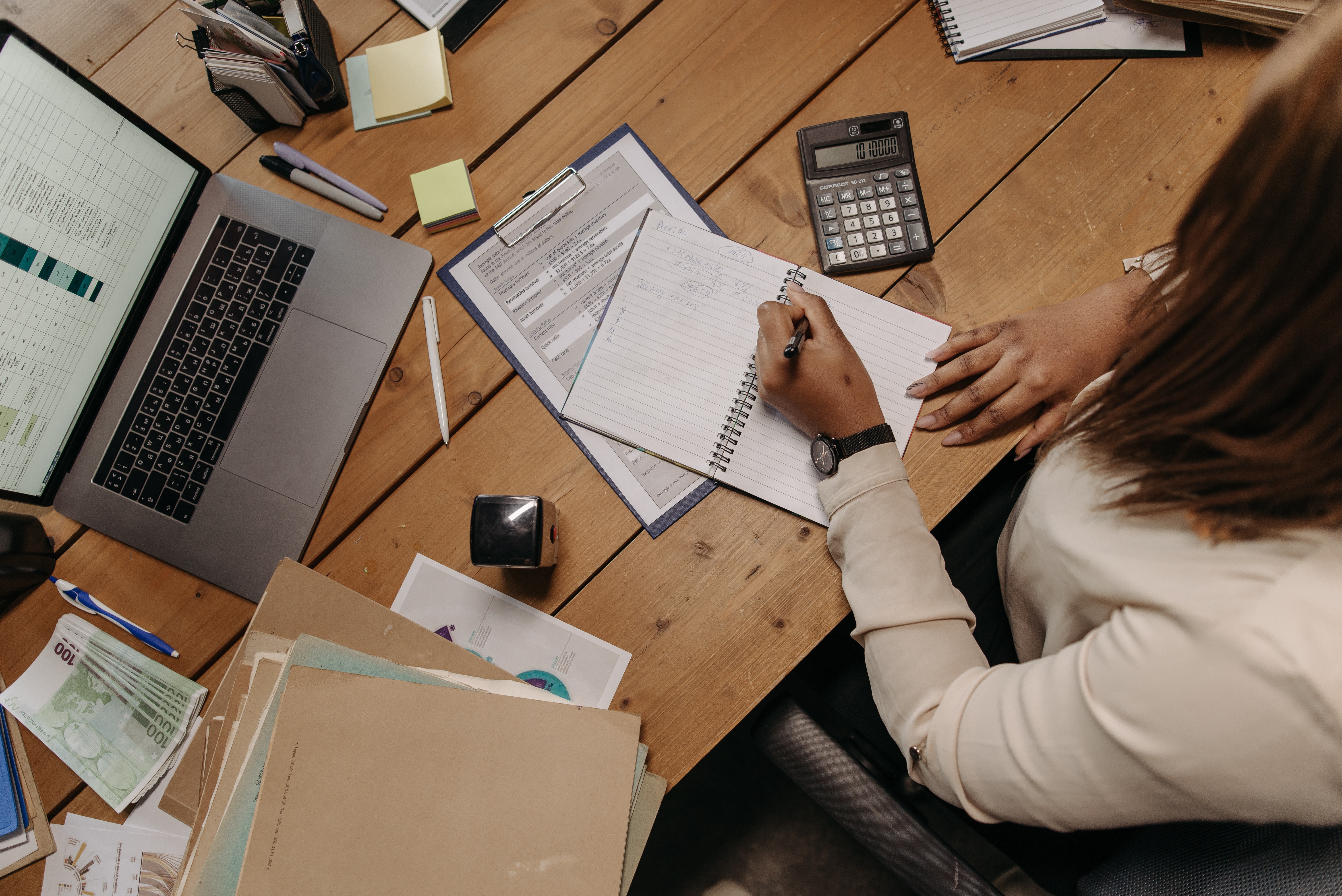Building an Emergency Fund
Around two in five Australians don’t have emergency savings set aside for urgent or unexpected costs. How can you be prepared?

A new consumer survey revealed that Australians are unprepared for unanticipated bills. Canstar’s survey shows those living in South Australia and Western Australia are the least likely to have an emergency fund at 49% and 47% respectively, while residents in Queensland (68%) and NSW (64%) are most financially prepared.
What is an emergency fund?
An emergency savings fund is money set aside to cover urgent or unforeseen expenses such as car repairs, unexpected travel, or a critical medical bill.
The fund provides a safety net, so you don’t have to rely on credit cards or other loans if an unanticipated expense puts financial pressure on you or your family.
How much do you need in an emergency fund?
In truth, it is less about how much you can save for your emergency fund and more about making a start. The idea is that the more you can regularly save, the better off you’ll be if an unexpected expense strikes.
Add $20 a week to the emergency fund, for example, and you’ll save over $1,040 after 12 months. While not a king’s ransom, these savings will provide some financial breathing space and cover some unexpected expenses.
As a rule of thumb, aim to save enough in your emergency fund to cover three to six months of expenses.
How to save for an emergency fund
Whether you’re saving for something or building an emergency fund, having a budget is critical. A budget shows you your expenses, where you can trim back spending and where to make some potential savings. The extra cash freed up after a budgeting exercise can be put to work building your emergency fund.
If you’re new to emergency funds and budgeting, don’t worry, we can help with our Easy Street Expense planner.
Our budgeting tool can help you kick start your budget, and once you have freed up some cash, whether $20 a week or $30 a month, you can start paying it into a designated emergency fund account.
Set up a separate savings account
It’s a shrewd idea to set up a separate, high-interest savings account such as an Easy Street Bonus Saver for your emergency fund. A different account will mean there’s less temptation to dip into it for everyday expenses.
Automate your savings for consistency
According to the Canstar research [1] , one-quarter of those surveyed with an emergency fund contributed to it every time they got paid. Almost 70 per cent added to it whenever they could.
Suppose you can’t save a significant amount. In that case, it’s still important to try and set regular money aside whenever possible. This is where an automatic transfer to your emergency fund from the account your salary or wage is paid into can work well.
Or ask your payroll department if they can direct a small part of your wage into the emergency fund account. You can then set and forget, knowing your emergency fund is growing.
Add cash windfalls to your emergency fund
If some extra money finds its way into your bank account during the year, such as a tax refund, work bonus or leave pay out, use these extra dollars to boost your emergency savings.
Track your savings
By using the secure Easy Street mobile App, you can track the money going into your emergency fund, check the interest, make additional transfers and more. Set and track your savings goal with our brand new feature on the app to easily keep an eye on your progress. Get it on Apple and Android Devices and save time.
Want to know more?
Head to our website at www.easystreet.com.au for more information about setting up a designated emergency fund or call us on 1300 13 14 65.
1. Canstar Media Release, June 2022
Terms and conditions, fees and charges apply.
Last updated: 11 August 2022
The information contained in this article is only correct at the point of time of publication. It is general information and has been prepared without taking into account your personal circumstances, objectives or needs. Please consider if this information is right for you before making a decision to acquire any product.
